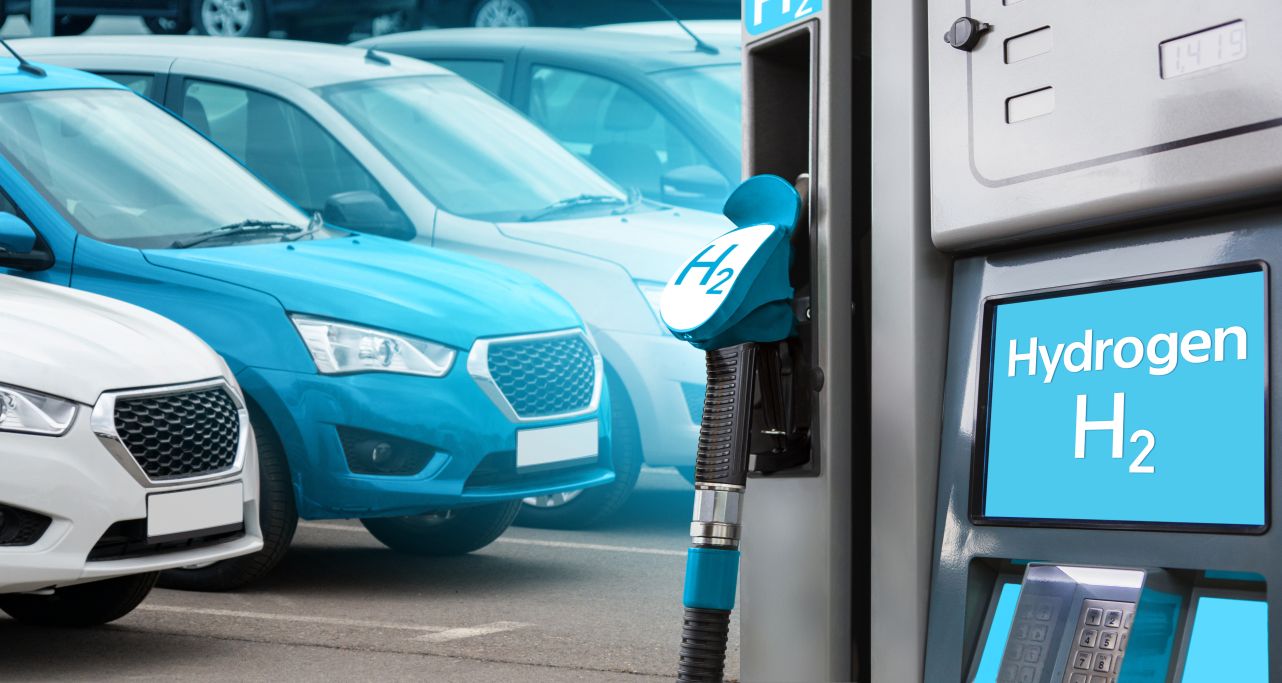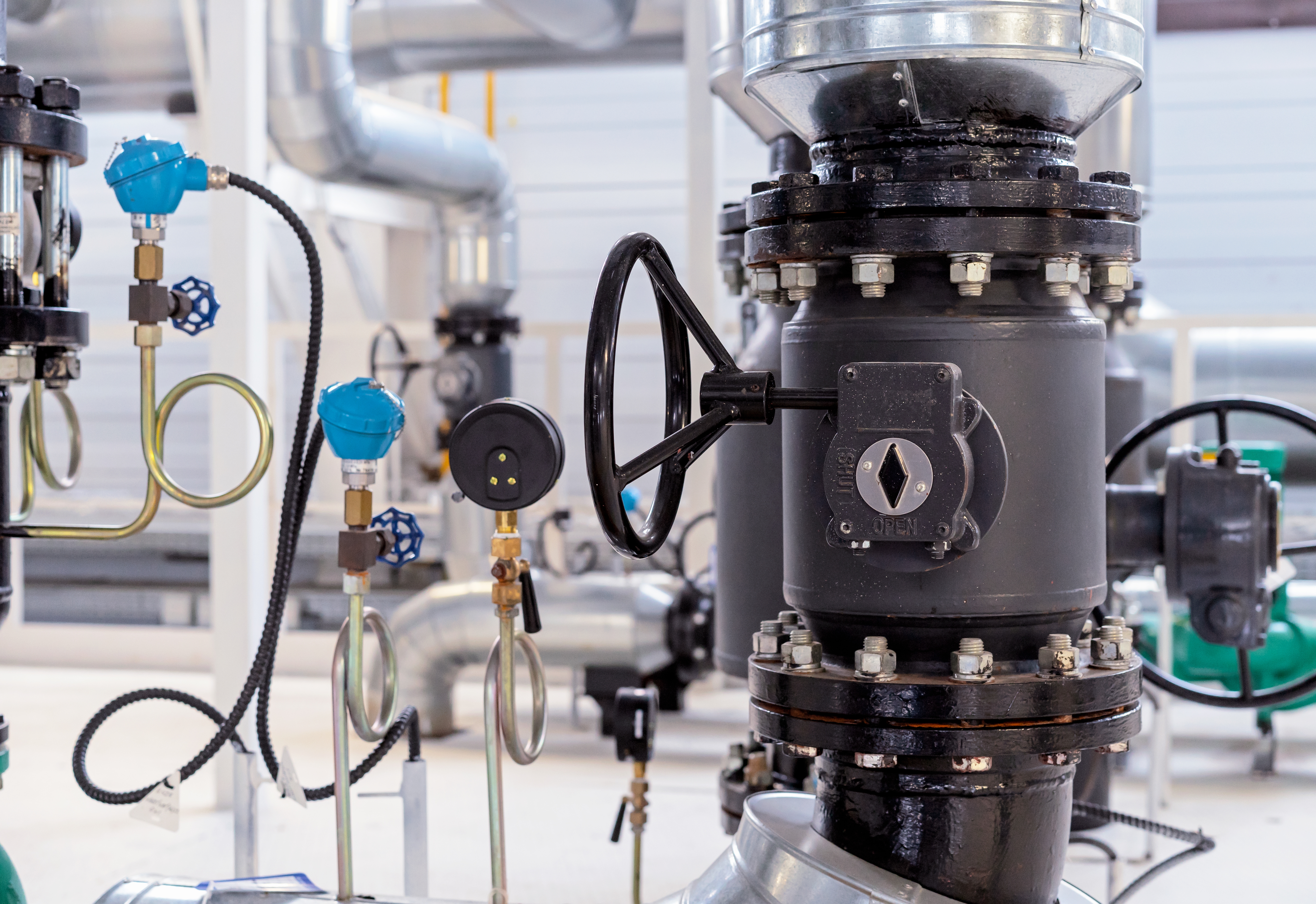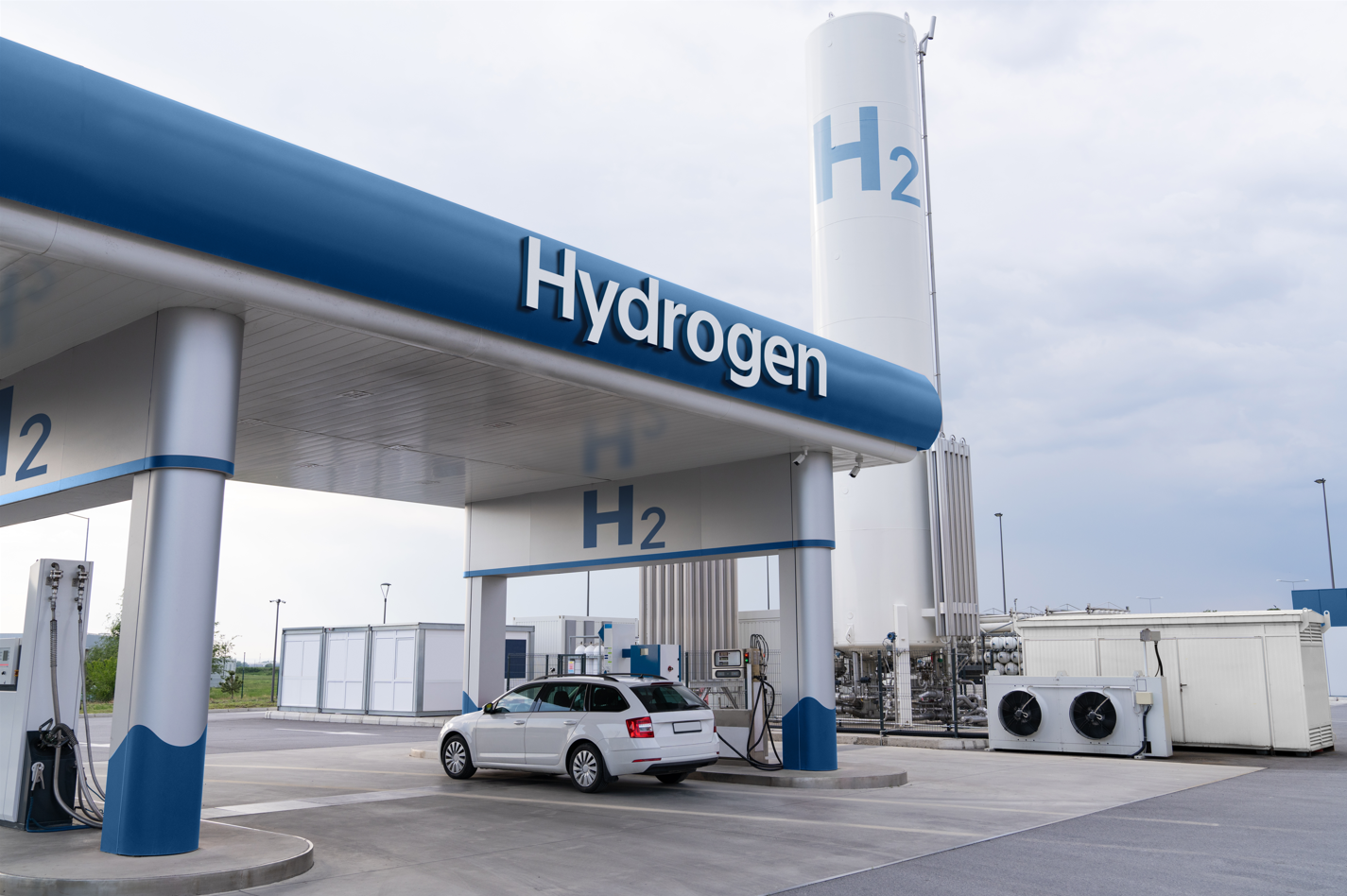Featured Articles
2024-09-13
[2024-09-13 ~
]
A Complete Hydrogen Leak Alarm System Can Realize the Safety Mechanism of Hydrogen Refueling Stations

There are many conditions for the popularization of hydrogen energy, and the establishment of infrastructure is indispensable. The industry is not entirely unfamiliar with this aspect. Natural gas and LPG infrastructure have existing and very mature structures that can be used as a reference for hydrogen energy. However, some characteristics of hydrogen are quite different from those of natural gas and liquefied petroleum gas.
Therefore, new considerations and developments must be made in the safety design of infrastructure. Compared with the latter two, hydrogen is not only lighter and faster relative to the mass ratio and diffusion speed of air, which is advantageous in terms of safety. The temperature of the natural combustion of hydrogen is 570 degrees Celsius, which is only slightly different from the 580 and 450 degrees Celsius of the latter two. However, the most significant difference is that in the minimum ignition energy and the combustion range relative to the air concentration, hydrogen is significantly smaller and more critical, respectively, which is a very unfavorable characteristic. Natural gas and liquefied petroleum gas will add odor, which is easily detected by the sense of smell; hydrogen diffuses quickly, so adding odor is meaningless. In terms of flame color, hydrogen is colorless, natural gas is bluish, and liquefied petroleum is orange-red.
These apparent differences may indicate that hydrogen requires a higher level of infrastructure safety mechanisms than natural gas and LPG. In particular, the colorless and odorless properties of hydrogen and the colorless properties of flames require sensors to establish a complete detection mechanism to ensure safety. This is the most significant difference from the infrastructure for natural gas, liquefied petroleum gas, and even fuel oil in the past. Due to the above-mentioned unique properties of hydrogen energy, the industry must take countermeasures against safety risks in the application process. Especially in the critical link of hydrogen energy storage and transportation, the safety of hydrogen filling, which is used very frequently, is the most commonly discussed topic.
Like gas stations, hydrogen refueling stations are the most commonly necessary facilities in hydrogen energy infrastructure, and their safety protection is critical. Hydrogen refueling stations generally appear in the following possible situations: sites that produce hydrogen, off-site stations that bring hydrogen from other places (such as hydrogen refueling stations), and mobile sites that can operate in multiple locations. On-site methods may use raw materials such as natural gas or liquefied petroleum gas to produce hydrogen; some may even use renewable energy sources such as solar energy to produce hydrogen by electrolyzing water. The off-site model is to transport hydrogen produced on a large scale by existing refineries or industrial plants to hydrogen refueling stations through tube trailers. The on-site type and the off-site type are determined according to local conditions. There is no absolute advantage or disadvantage, but the most common one is the off-site type.
Reference:
- Energy Platform News, 2023-10-25, Jeong Sang-Pil, Hydrogen Leaks at 88% of Hydrogen Charging Stations, Alarms Not Working in Time
- Hydrogne Energy Navi, 水素ステーションの仕組み
- Charming Scitech, 2024-03-09, Yuman Kuo, Is it safe to transport and store hydrogen? Please take a look at hydrogen and its transportation and receiving facilities to dispel dangerous myths



